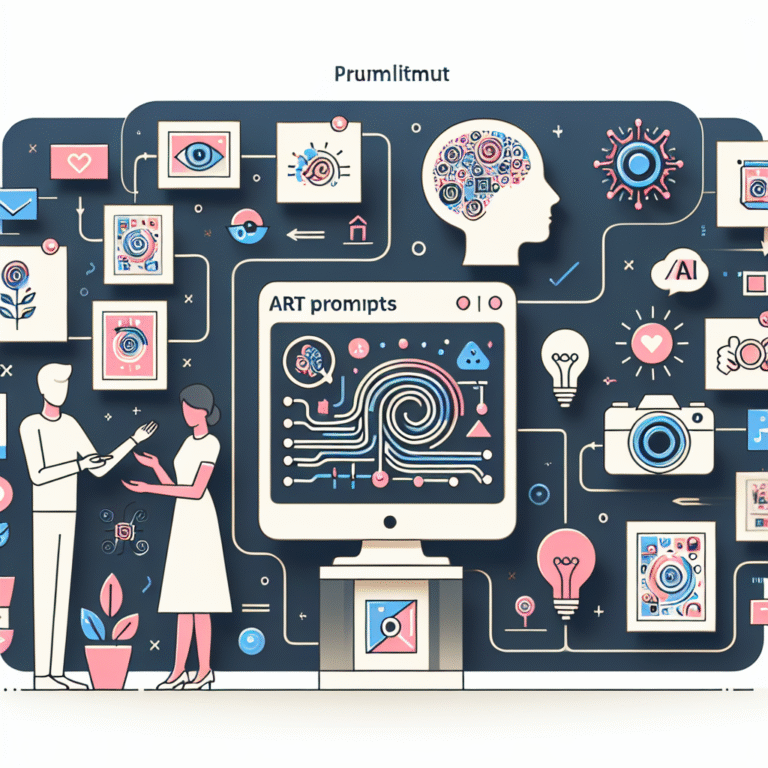The Power of Learning Prompts: Unlocking Human Potential
p>h1>The Power of Learning Prompts: Unlocking Human Potential
<
Learning prompts are powerful tools that have the ability to unlock human potential and facilitate deep learning. A learning prompt is a cue or a trigger that sets the learner on a path of discovery and exploration. It is a carefully crafted question, statement, or scenario that encourages the learner to think critically, solve problems, and construct new knowledge. In this article, we will delve into the world of learning prompts and explore their significance in various contexts.<
Learning prompts have been used in various forms of education and training for decades. They are an essential component of constructivist learning theories, which emphasize the active role of the learner in the learning process. By using learning prompts, educators and trainers can create a learning environment that is engaging, interactive, and student-centered. Learning prompts can be used in various settings, including classrooms, workshops, online courses, and even in informal learning environments.
The Benefits of Learning Prompts
 <
<
Learning prompts offer numerous benefits to learners and educators alike. Some of the key advantages of using learning prompts include:
<
By using learning prompts, educators can create a learning environment that is tailored to the needs and interests of the learners. Learning prompts can be designed to accommodate different learning styles, abilities, and prior knowledge, making them an inclusive and effective tool for diverse groups of learners.
Types of Learning Prompts
<
There are various types of learning prompts that can be used in different contexts. Some common types of learning prompts include:
<
Each type of learning prompt has its unique characteristics and advantages. Open-ended questions, for example, encourage learners to think critically and explore different perspectives, while case studies and scenarios provide learners with a realistic context to apply their knowledge and skills.
Designing Effective Learning Prompts
 <
<
Designing effective learning prompts requires careful consideration of several factors, including the learning objectives, the target audience, and the learning context. Here are some steps to follow when designing learning prompts:
<
By following these steps, educators and trainers can create learning prompts that are effective, engaging, and relevant to the learners. Effective learning prompts can lead to deep learning, improved retention, and increased transfer of learning to real-world contexts.
Real-World Examples and Case Studies
<
Learning prompts have been used in various real-world contexts, including education, training, and professional development. Here are a few examples:<
<
These examples demonstrate the versatility and effectiveness of learning prompts in different contexts. By using learning prompts, educators and trainers can create engaging and interactive learning experiences that lead to deep learning and improved performance.
Step-by-Step Tutorials and Guides
 <
<
Here are some step-by-step tutorials and guides on how to use learning prompts in different contexts:
- Start with a clear learning objective
- Choose a relevant and engaging topic
- Craft a concise and open-ended question
- Provide sufficient context and support
- Identify the training objectives and outcomes
- Choose a relevant and challenging scenario
- Craft a clear and concise prompt
- Provide feedback and coaching
<
By following these tutorials and guides, educators and trainers can create effective learning prompts that lead to deep learning and improved performance.
Conclusion
<
In conclusion, learning prompts are powerful tools that can unlock human potential and facilitate deep learning. By using learning prompts, educators and trainers can create engaging and interactive learning experiences that lead to improved critical thinking, problem-solving, and creativity. Effective learning prompts can be designed using a range of strategies, including open-ended questions, case studies, and real-world scenarios. By following the steps and tutorials outlined in this article, educators and trainers can create learning prompts that are tailored to the needs and interests of the learners, leading to deep learning and improved performance.<
The key takeaways from this article are:
<
By applying these insights and strategies, educators and trainers can create learning experiences that are engaging, interactive, and effective, leading to improved learning outcomes and increased learner satisfaction.<
Furthermore, the use of learning prompts can be extended to various fields and industries, including education, training, and professional development. The versatility and effectiveness of learning prompts make them an essential tool for anyone involved in teaching, training, or learning.<
In addition, the design and implementation of learning prompts can be informed by various learning theories and models, including constructivist, cognitivist, and behaviorist approaches. By understanding the underlying theories and models, educators and trainers can create learning prompts that are tailored to the needs and interests of the learners, leading to deep learning and improved performance.<
Finally, the evaluation and assessment of learning prompts are crucial to ensuring their effectiveness and impact. By using various evaluation and assessment strategies, educators and trainers can refine and improve their learning prompts, leading to better learning outcomes and increased learner satisfaction.<
In conclusion, learning prompts are a powerful tool for facilitating deep learning and improving learning outcomes. By understanding the benefits, types, and design of learning prompts, educators and trainers can create engaging and interactive learning experiences that lead to improved critical thinking, problem-solving, and creativity.





